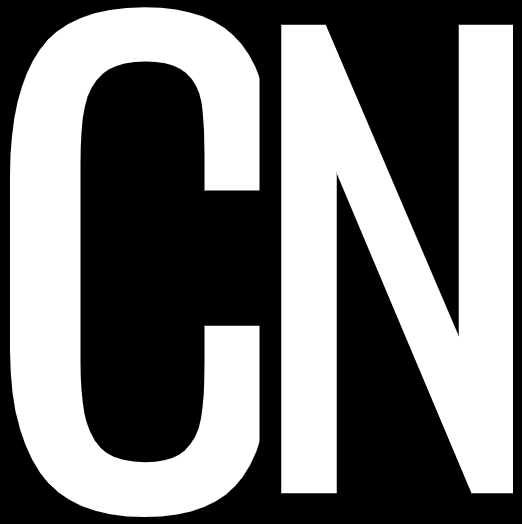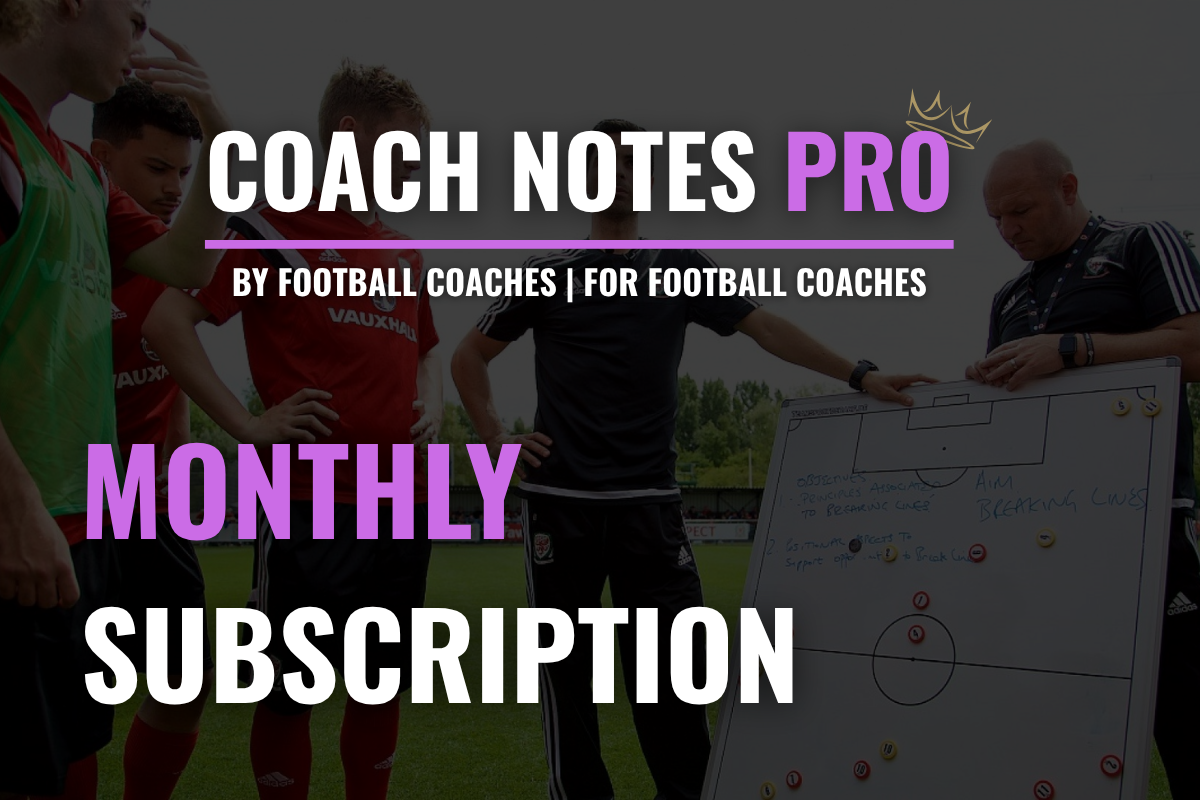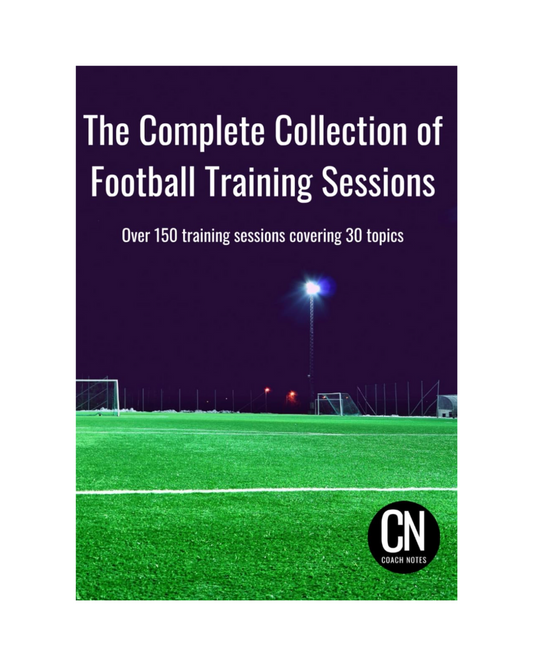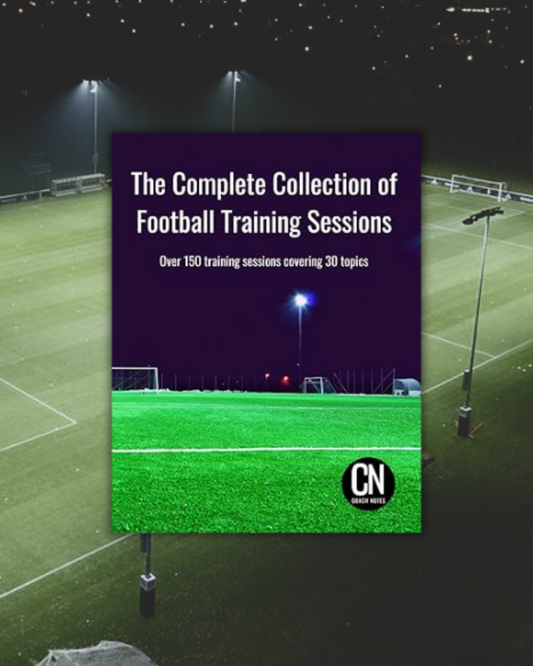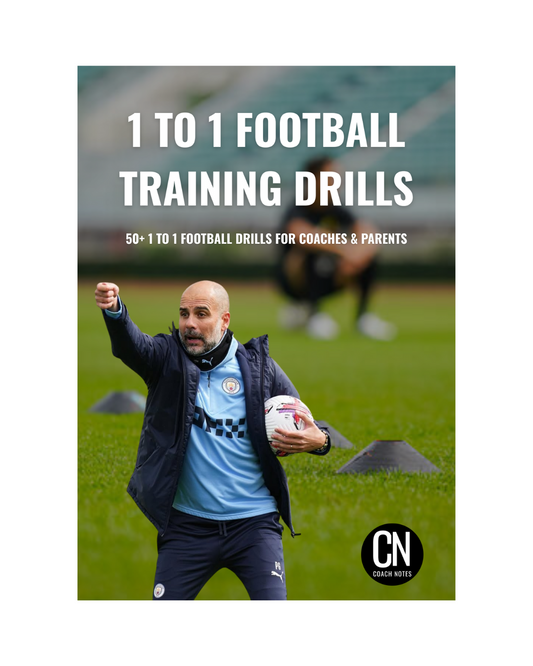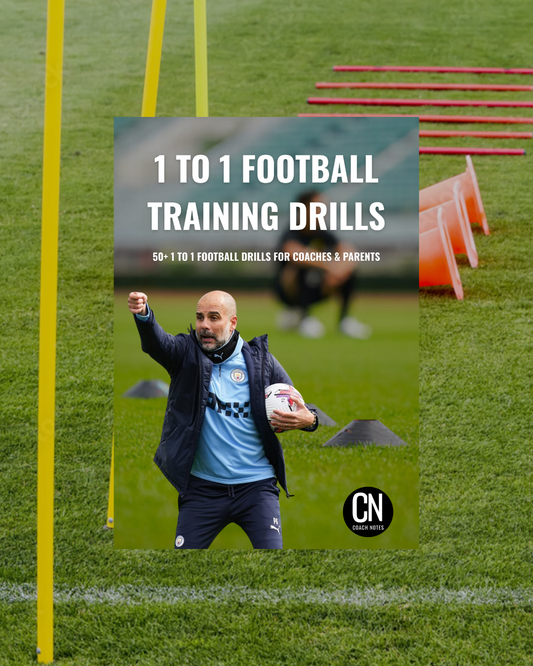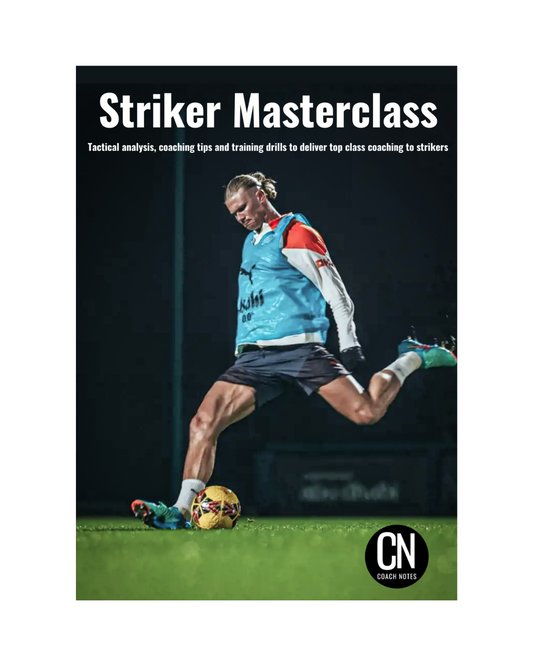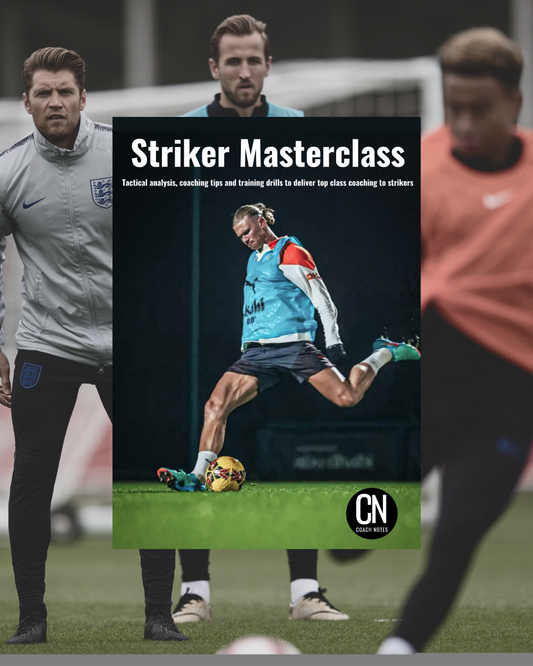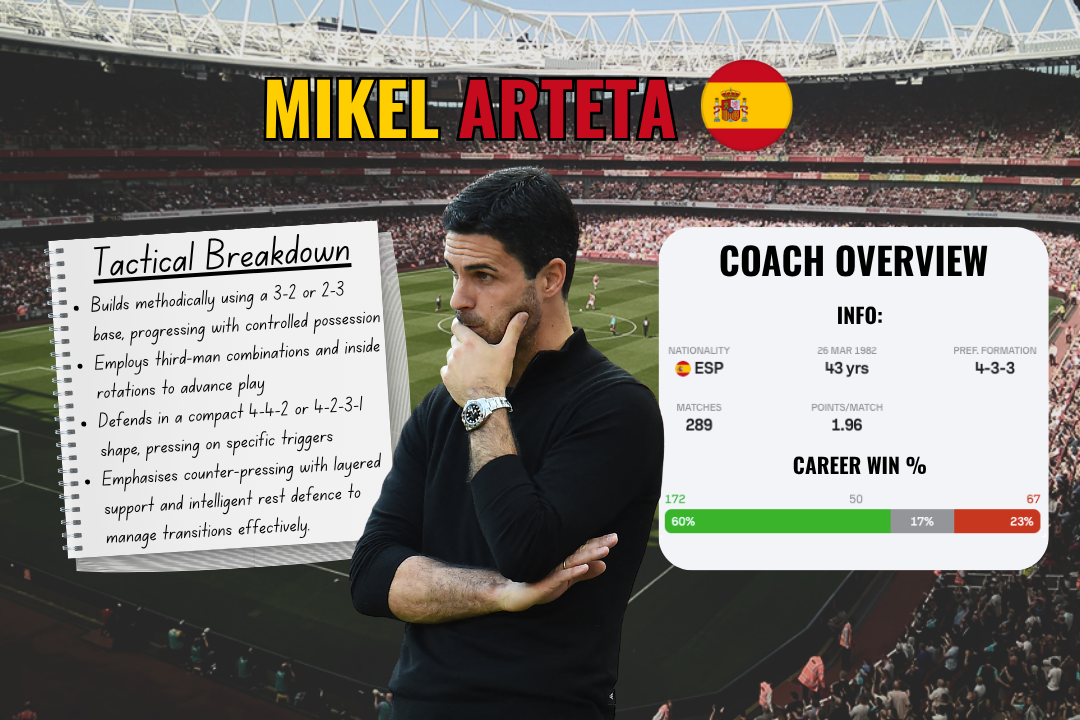
Mikel Arteta
Share
👤 Coach Bio
Mikel Arteta has emerged as one of the Premier League’s most innovative tactical minds since taking the helm at Arsenal in December 2019. After a successful playing career that included spells at Everton and Arsenal, Arteta transitioned into coaching as Pep Guardiola’s assistant at Manchester City. Under Guardiola’s guidance, he honed his understanding of positional play, game control, and detailed match preparation.
Since taking over at Arsenal, Arteta has transformed the club from a transitional side into a highly structured, technically refined team. His leadership culminated in consecutive title challenges and a return to Champions League football, with his Arsenal side defined by modern positional principles, pressing cohesion, and intelligent build-up play.
⚽️ Playing Philosophy
Arteta’s philosophy is rooted in control, positional superiority, and intensity. He seeks to dominate space through structured team shapes, proactive pressing, and fluid ball circulation. His system is influenced by Guardiola’s positional play model but adapted with his own touches, such as a greater emphasis on wide overloads and vertical combinations.
Key principles include:
- Building from the back with layered support
- Creating and exploiting overloads in central and wide zones
- Controlling transitions with structured rest defence
- Defending with collective discipline and pressing triggers
- Encouraging intelligent rotations rather than free-form play
Arteta’s philosophy blends tactical clarity with technical detail, building a cohesive unit where each player understands their role within the team structure.
🧩 Style of Play
In Possession
Arsenal build through a 3-2 or 2-3 structure, depending on the personnel and opponent. Often, one full-back inverts into midfield, forming a pivot alongside Declan Rice or Jorginho, while the other stays wide to stretch the pitch.
- Build-Up: Structured, with central defenders and goalkeeper forming the first line. The aim is to draw pressure and create central or wide overloads. Progressive passes between the lines are favoured over aimless possession.
- Shape: Commonly a 3-2-5 in possession. Wingers hold width high up the pitch while the midfielders rotate in the half-spaces and attacking zones.
- Progression: Arsenal use third-man combinations and inside rotations, particularly between the right-sided centre-midfielder, full-back and winger. Technical security and positional awareness are essential to Arteta’s build-up.
He prioritises breaking defensive lines with short vertical passes, switching play to free the wide man, and timed underlaps or overlaps into the final third.
Out of Possession
Out of possession, Arsenal are highly structured and press with coordination.
- Shape: Usually a 4-4-2 or 4-2-3-1 mid-to-high block. The front two work to block central lanes, forcing the opponent wide, where pressing traps are triggered.
- Pressing: Arsenal press with clear cues – backward passes, poor touches, or isolated defenders. The pressing is not constant but highly organised, aimed at regaining possession high without opening central spaces.
- Compactness: The defensive lines move in unison. The back four remain connected to the midfield, closing space between lines to limit progressive passing options.
Arteta’s defensive strategy is to recover the ball quickly, but not at the expense of defensive shape and rest defence organisation.
Transitional Moments
Transitions are a key focus of Arteta’s methodology. He prepares his side to react both offensively and defensively with clarity and precision.
- Defensive Transitions: Arsenal immediately counter-press upon losing the ball, especially in advanced areas. The closest players engage, while others cover passing lanes and support from behind. If the press fails, the team quickly drops into its block.
- Attacking Transitions: Arteta’s team exploit spaces through vertical runs and quick switches. Wide players stay high and wide, providing natural outlets. The number eight or full-back will often make a third-man run to offer depth.
Transitions are not just reactive but rehearsed patterns supported by structured spacing and positional coverage.
🧠 How to Coach Like Mikel Arteta
Arteta’s training is built around game-relevant principles, positional play, and clear tactical messaging. He focuses on clarity of instruction and tactical repetition.
- Tactical Routines: Sessions replicate specific match phases – build-up under pressure, attacking third combinations, or pressing scenarios. Repeated drills embed habits and automatisms.
- Positional Games: Rondos, possession boxes, and half-space combinations are core to his methodology, all framed within tactical outcomes (e.g. breaking a line or drawing a press).
- Detail-Oriented Coaching: Arteta frequently stops drills to correct positioning, scanning behaviour, and body orientation. Sessions are progressive, linking technical actions to tactical outcomes.
- Video Analysis: He uses video to reinforce learning, showing both team structure and individual decisions. Players are expected to understand the ‘why’ behind each instruction.
Arteta balances high demands with clarity and consistency, creating a culture of tactical intelligence and technical excellence.
👥 Player Profiles
Arteta builds squads based on tactical fit and adaptability. He values intelligence, discipline, and positional flexibility over raw attributes.
- Goalkeepers: Must be composed under pressure and confident in playing short and long distribution, acting as a key player in build-up.
- Centre-Backs: Technically secure, able to defend high and cover wide spaces. Comfortable stepping into midfield and playing vertical passes.
- Full-Backs: Highly versatile – capable of inverting or overlapping. Must read triggers to move inside or provide width.
- Midfielders: Agile, scanning constantly, and positionally aware. The pivot needs to protect transitions and distribute with precision, while the advanced midfielders rotate into attacking zones.
- Wingers: Provide width and penetration. Ability to isolate 1v1 or combine inside. Pressing discipline is non-negotiable.
- Forwards: Intelligent movers who can drop into midfield, link play, and exploit space in behind. Must be technically sound and tactically aware.
Each profile is chosen not just for talent but for how well the player serves the collective structure.
🔑 Key Takeaways for Coaches
- Coach with structure in possession: Use consistent 3-2 or 2-3 base shapes to support build-up and progression.
- Train pressing with cues and coordination: Identify specific triggers and structure training drills around realistic pressing scenarios.
- Reinforce tactical behaviours through repetition: Use consistent patterns and positional games to create automated responses under pressure.
- Emphasise rest defence: Always coach transition moments and spacing behind the ball to prevent counters.
- Demand intelligence and clarity from players: Every player should understand not just their role, but how it interacts with the team model.
